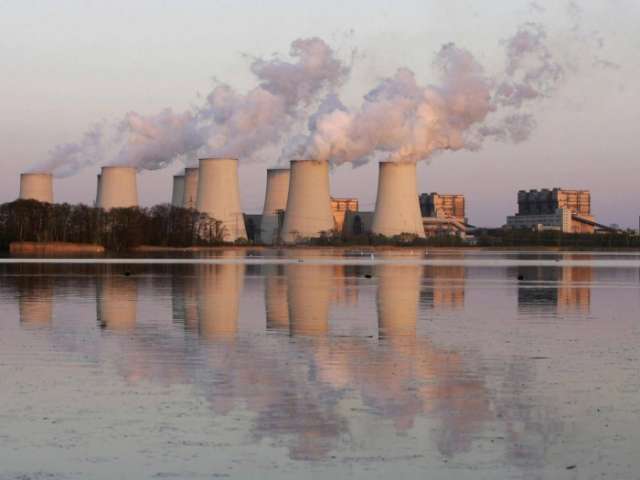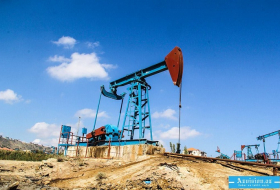Carbon capture and storage is the process of collecting waste carbon dioxide from fossil fuel power plants and storing it in a way that prevents it from entering the atmosphere.
The process has been touted as a means of reducing fossil fuel’s contribution to global warming.
However, the cost of carbon capture and storage has prevented the fossil fuel industry from widely implementing such measures.
The appeal of the new process is that it produces syngas, a mixture of hydrogen and carbon monoxide that can be used as a fuel – making the process more appealing to industry.
"It integrates two areas that have been on parallel tracks: carbon capture and sequestration and carbon dioxide utilisation," said Dr Luis Diaz Aldana, a researcher at the Idaho National Laboratory who led the project.
"The problem with carbon capture and sequestration has been its economic feasibility. If you can get some extra value out of the carbon dioxide you are capturing, it's a different story."
Normally reusing the carbon from carbon dioxide is energy-intensive, as it requires high temperatures and pressures, but the process developed by Dr Diaz Aldana and his colleagues, described in the journal Green Chemistry, does away with the need for them.
The researchers used “switchable polarity solvents” – liquids that dissolve carbon dioxide at low temperatures and allowed the team to capture the carbon from it more efficiently.
“This is an interesting piece of science which has discovered a much more effective method of electrolysing carbon dioxide in water,” said Professor Stuart Haszeldine, a carbon capture and storage expert at the University of Edinburgh who was not involved in the study.
Though the syngas produced from this process is itself a fuel that, when used, has the potential to contribute to global warming, Professor Haszeldine said this method could still have a role in reducing fossil fuel use.
“This type of approach can recycle the carbon from fossil fuel for reuse as fuel, and so could reduce the need for oil companies to keep on extracting fossil oil or gas and adding to climate change caused by greenhouse gases,” he said.
However, he also noted the work by Dr Diaz Aldana and his collaborators was a pilot study, and still had an “immense pathway to travel” before it could be widely applied in industry.
Dr Hannah Chalmers, another University of Edinburgh researcher who was not involved in the study, pointed out the new technique should not be viewed as a replacement for traditional carbon capture and storage that prevents carbon dioxide pollution altogether.
“If products containing carbon are produced, carbon dioxide could still be made again later and released to the atmosphere,” she said.
“This means that there may still be a need for ‘conventional’ carbon capture and storage to ensure that carbon dioxide is stored securely away from the atmosphere for the timescales that are necessary to reduce the risk of dangerous climate change.”
More about: #carbondioxide
















































